
Sustainable Millet Value Chain
Millets, often hailed as the “miracle grains,” are gaining prominence in global discussions about sustainable agriculture and nutrition. Their resilience in adverse conditions and high nutritional value make them an ideal crop for promoting food security. Establishing a sustainable millet value chain is essential for maximizing these benefits. In this effort, organizations like the Agro Innovators Millet Promotion Association (AIMPA) play a crucial role in both the Indian and international arenas.
Understanding the Millet Value Chain
A millet value chain encompasses the entire journey of millets from production to consumption. This includes the stages of farming, processing, marketing, distribution, and consumption. Each stage presents unique challenges and opportunities for innovation.
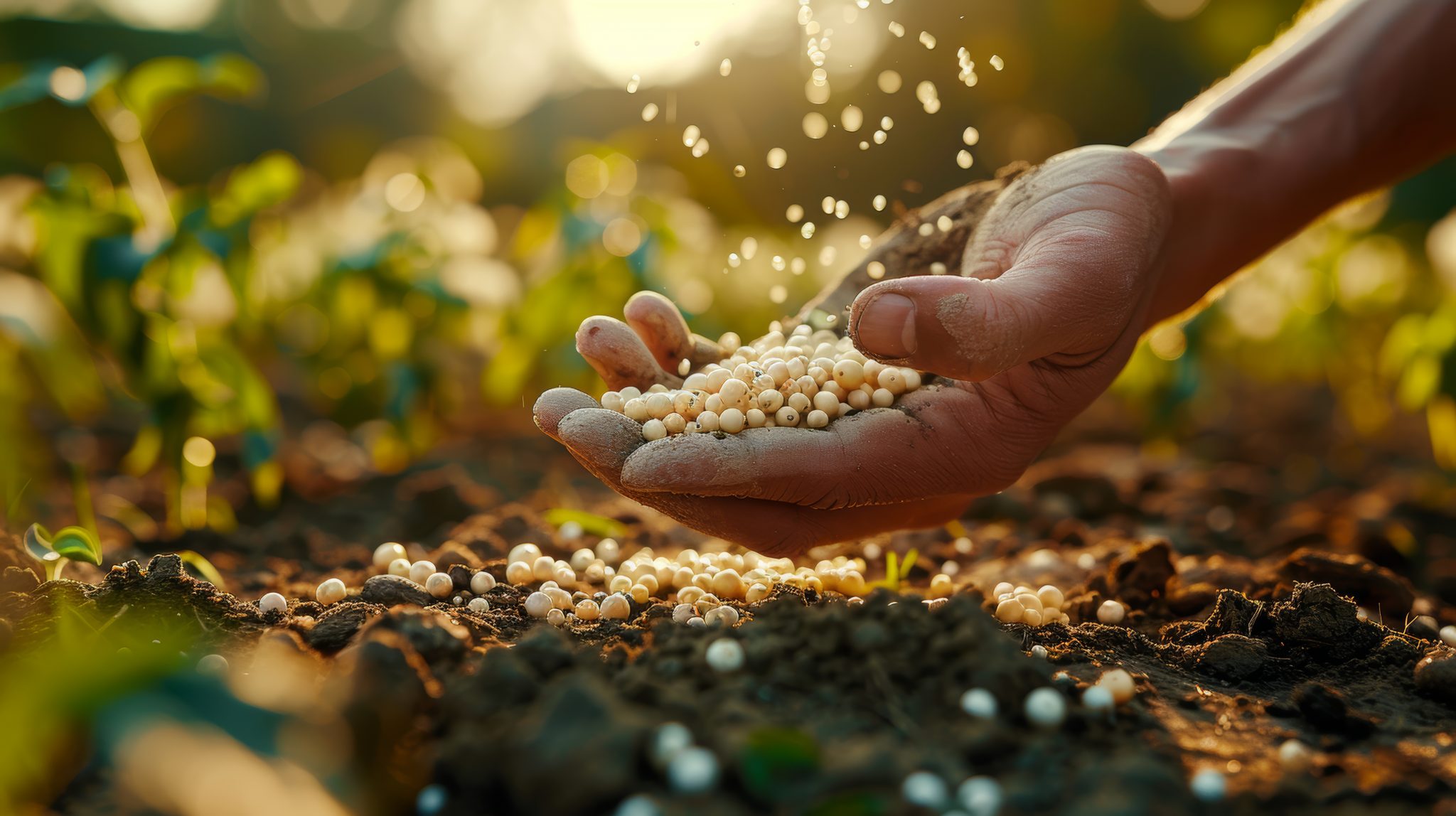
1. Production
Millets are hardy crops, well-suited to arid and semi-arid regions. In India, where over 50% of the population is involved in agriculture, millets can serve as a sustainable alternative to water-intensive crops like rice and wheat. However, production needs to be scaled and modernized. This requires investment in research and development for improved seed varieties, soil management practices, and pest control.
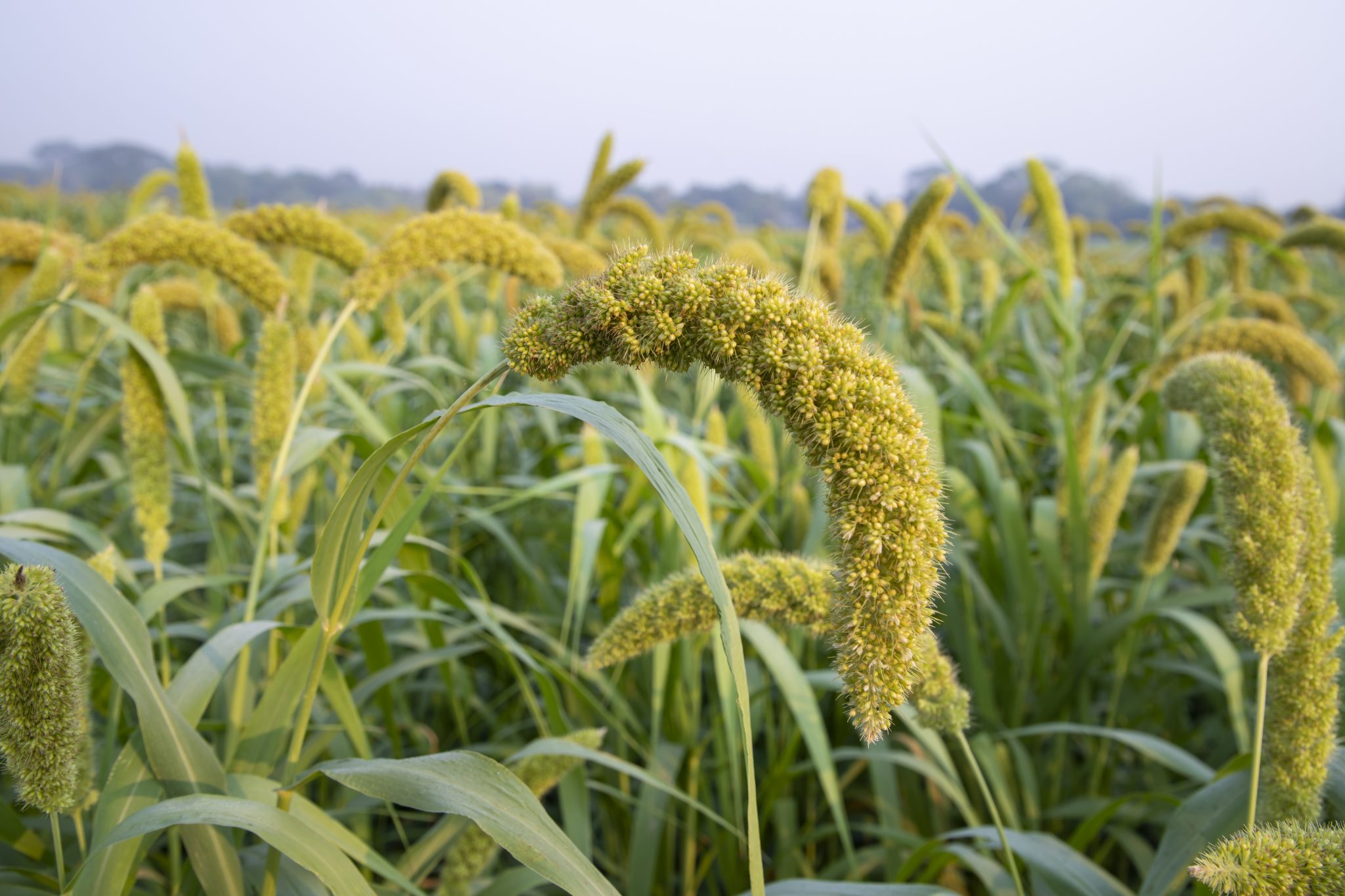
2. Processing
Post-harvest processing is crucial for enhancing the shelf life and quality of millets. The current infrastructure for millet processing is often outdated or insufficient. Upgrading milling technology and developing efficient processing techniques are vital for producing high-quality millet products that can compete in global markets.
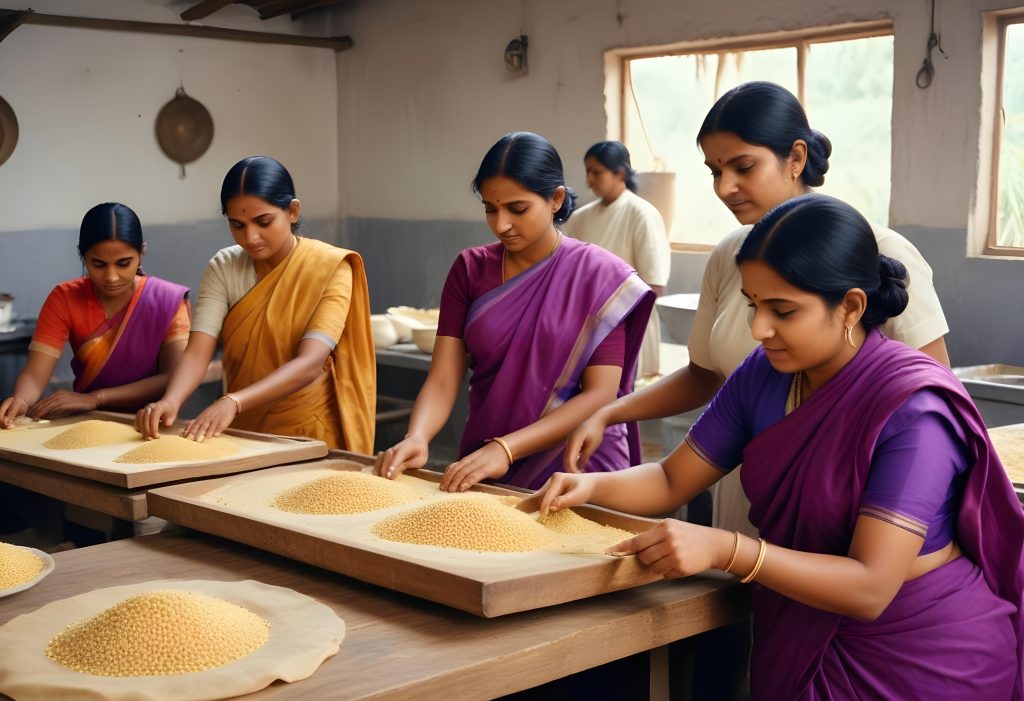
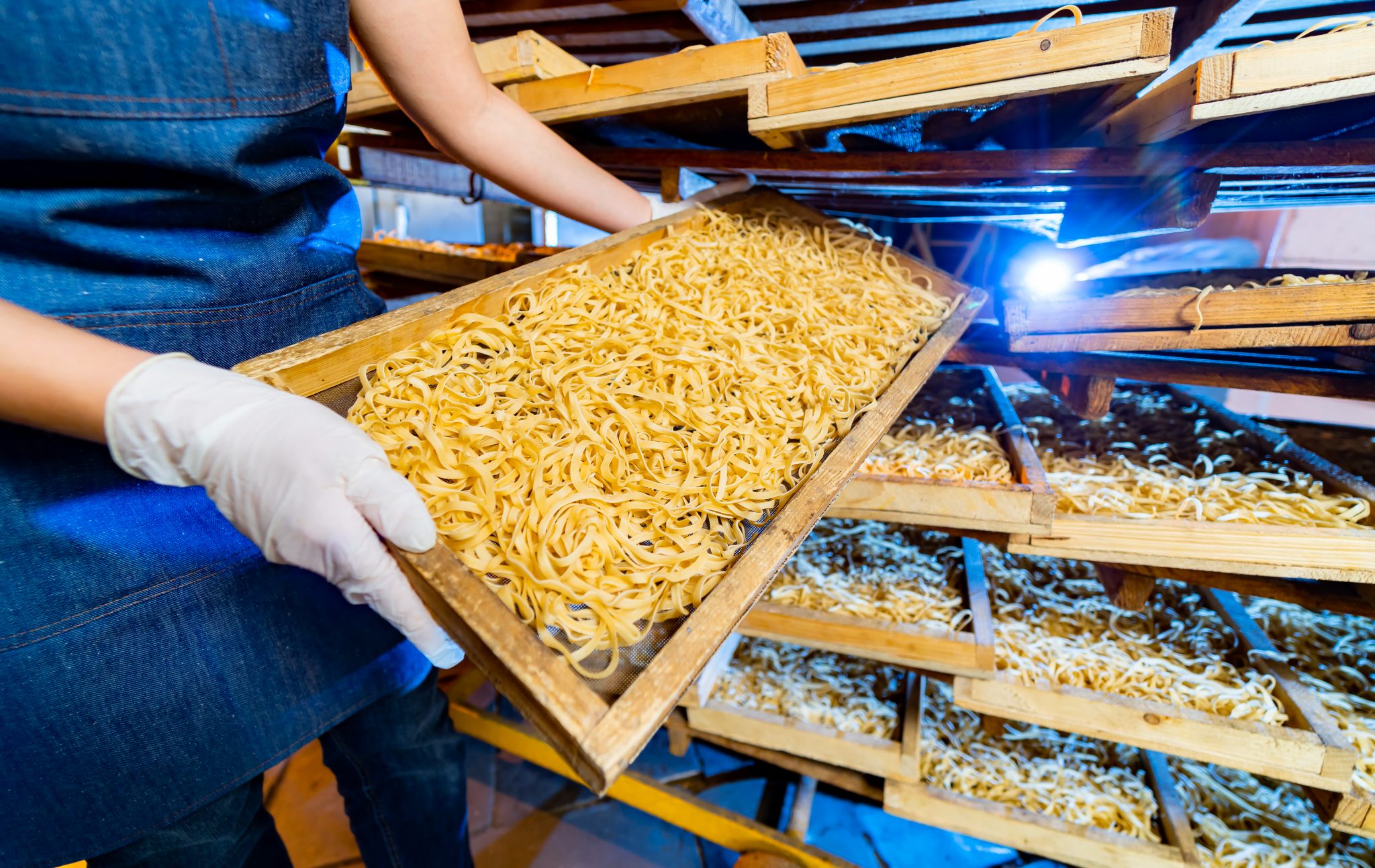
3. Marketing and Distribution
For millets to gain a foothold in both domestic and international markets, effective marketing strategies are needed.This includes educating consumers about the nutritional benefits of millets and promoting them as a versatile ingredient in various recipes. Additionally, developing robust distribution networks ensures that millet products reach a wider audience.
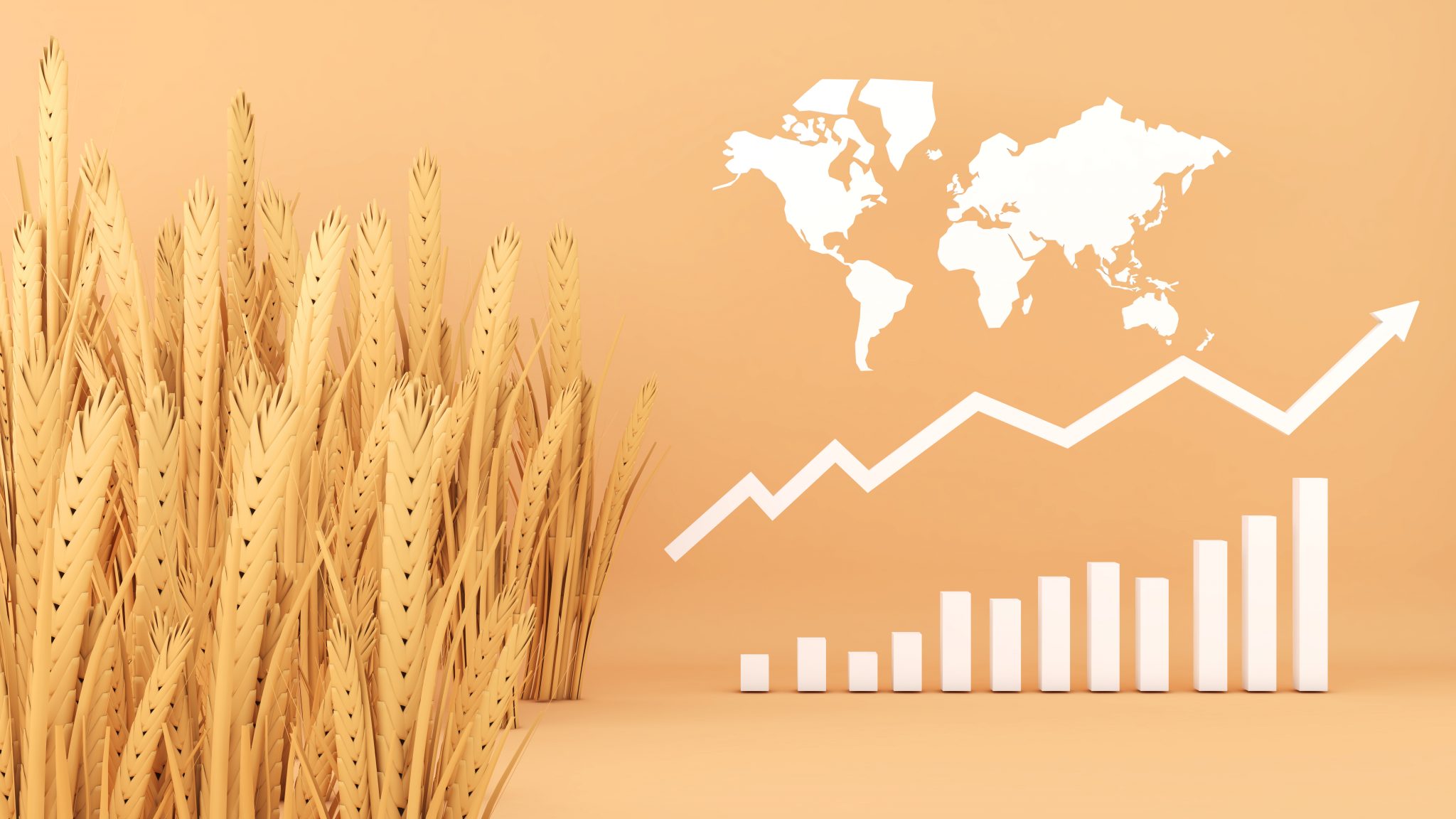
4. Consumption
Encouraging the consumption of millets involves integrating them into popular food products and recipes. This requires collaboration with food manufacturers and chefs to develop and promote millet-based products.

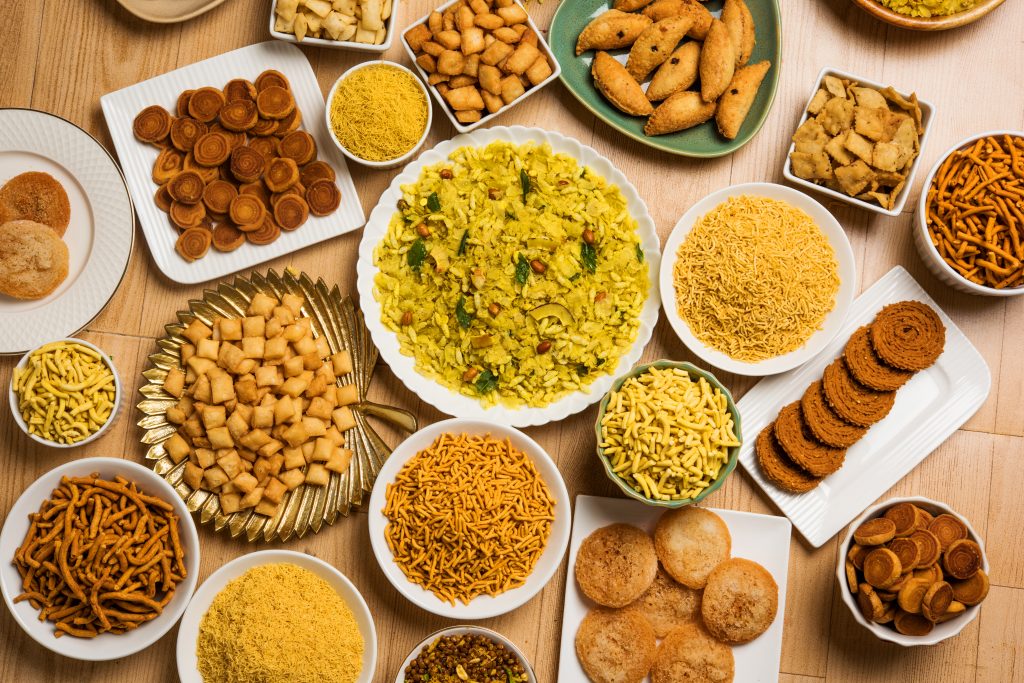
The Role of AIMPA
The Agro Innovators Millet Promotion Association (AIMPA) is at the forefront of efforts to strengthen the millet value chain. AIMPA’s mission is to drive innovation and sustainability in millet production and consumption through research, advocacy, and partnership building.
1. Promoting Research and Innovation
AIMPA supports research initiatives focused on developing high-yield, disease-resistant millet varieties. By collaborating with agricultural research institutions and innovators, AIMPA helps introduce advanced farming techniques and technologies that can increase productivity and sustainability.
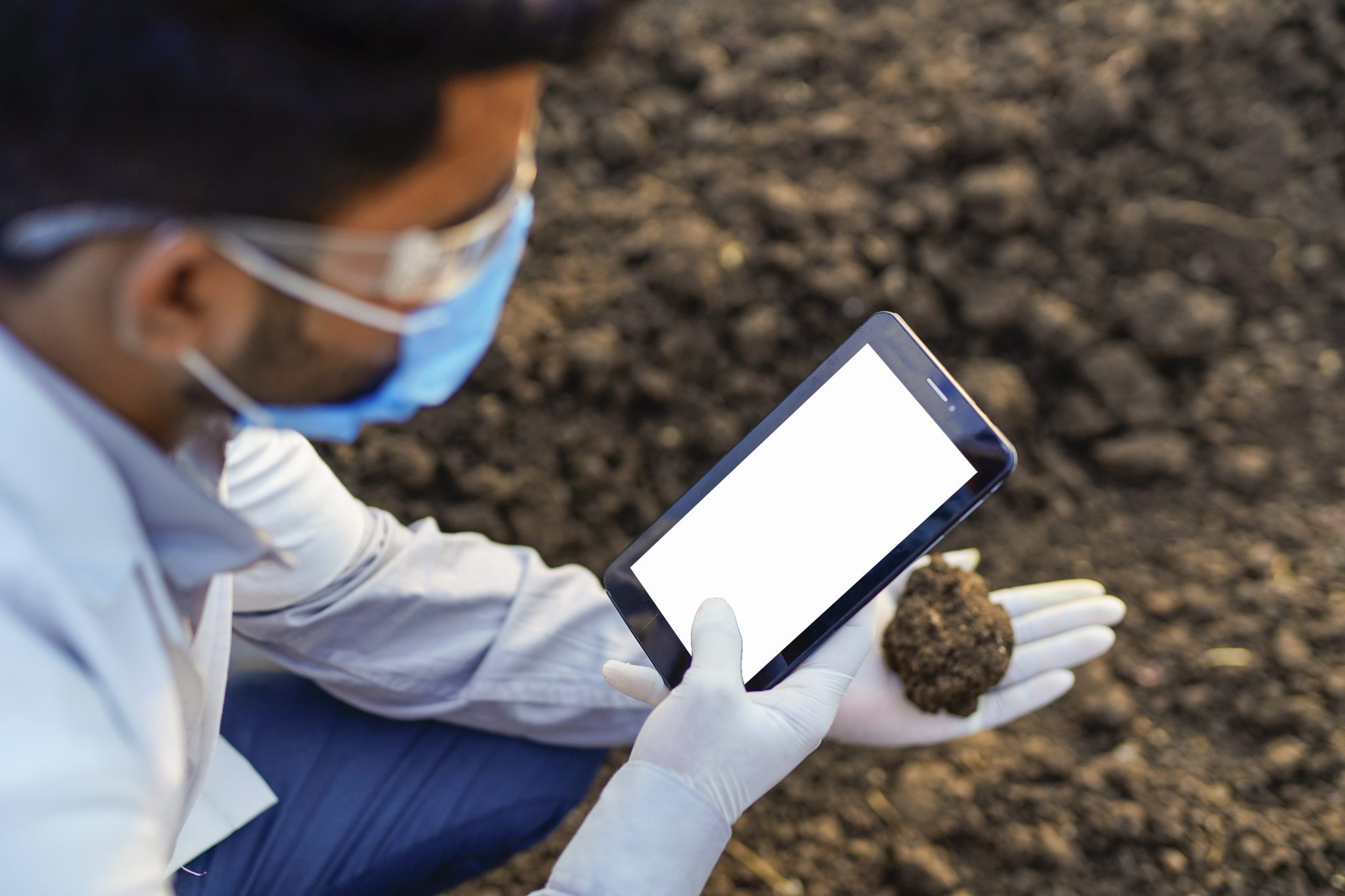
2. Enhancing Processing Capabilities
AIMPA works with entrepreneurs and companies to modernize millet processing facilities. By providing technical assistance and funding, AIMPA facilitates the adoption of advanced processing technologies, which improve the quality and marketability of millet products.
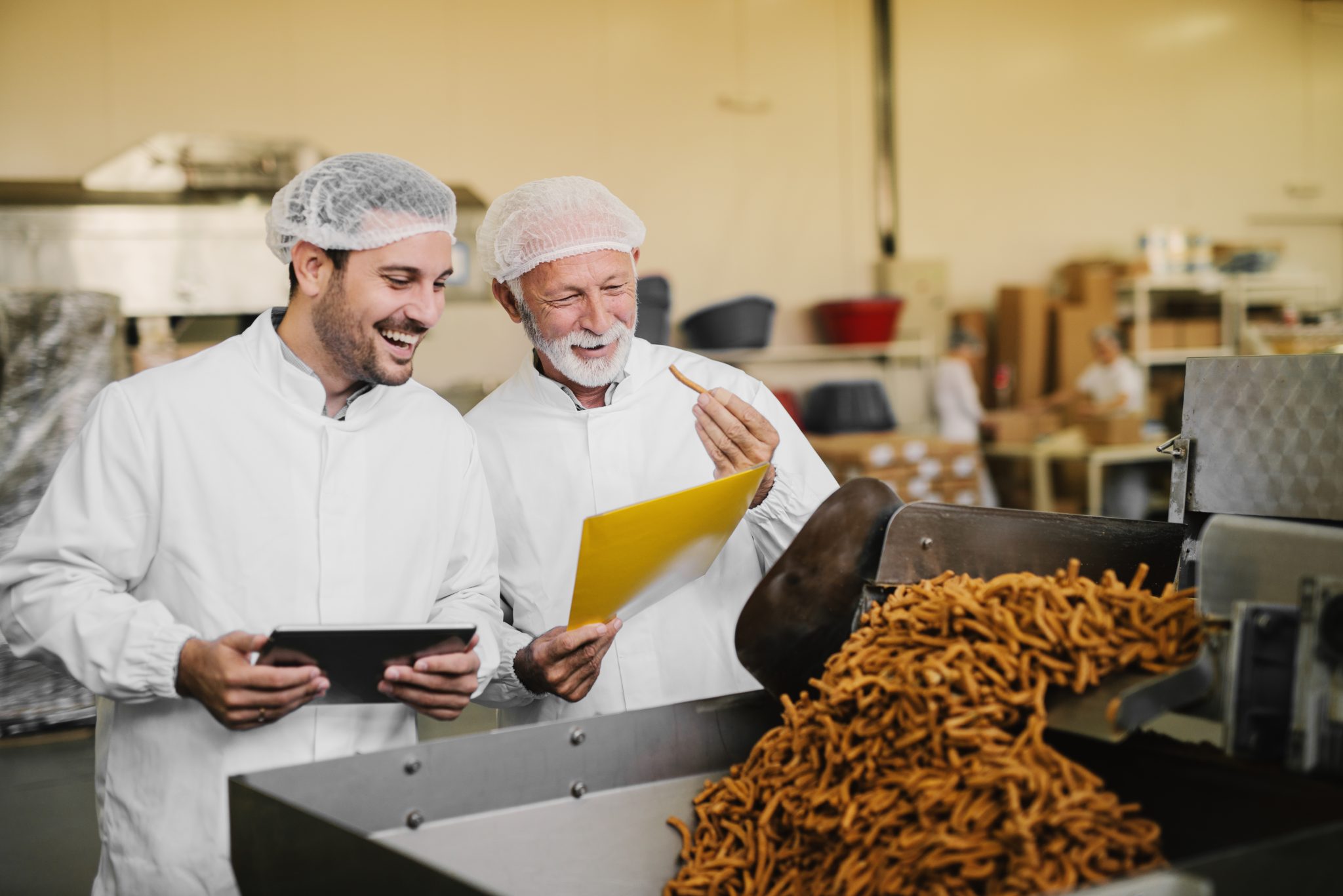
3. Building Market Linkages
AIMPA plays a crucial role in creating market linkages for millet farmers. Through partnerships with retailers, food companies, and export agencies, AIMPA helps integrate millets into supply chains and expand their market reach. This also involves organizing trade fairs and promotional events to showcase millet products to a global audience.
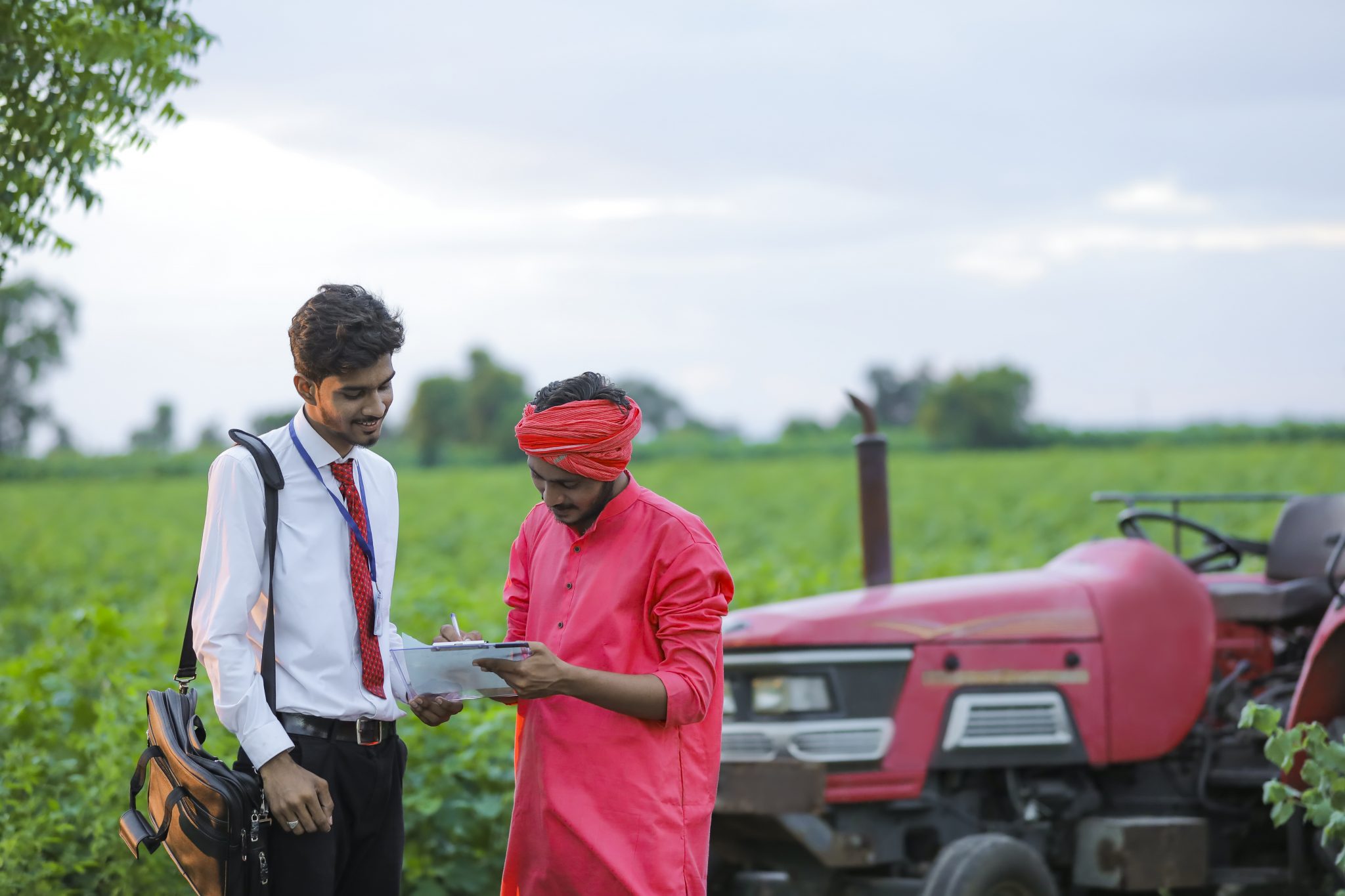
4. Raising Awareness and Education
AIMPA conducts awareness campaigns and educational programs to highlight the benefits of millets. By collaborating with nutritionists, chefs, and media, AIMPA fosters a positive perception of millets and encourages their consumption.


Global Impact and Collaboration
While AIMPA’s efforts are rooted in the Indian context, they have significant international implications. The global demand for sustainable food sources presents an opportunity for Indian millets to enter international markets. By establishing strong value chains, AIMPA helps position Indian millets as a viable option in global food systems.
International collaboration is also essential for sharing best practices and technologies. AIMPA actively engages with international organizations and stakeholders to exchange knowledge and promote millets on a global scale.
Conclusion
Establishing a sustainable millet value chain is a multifaceted challenge that requires coordinated efforts across production, processing, marketing, and consumption. The Agro Innovators Millet Promotion Association (AIMPA) is playing a pivotal role in this endeavor, driving innovation, improving infrastructure, and expanding market opportunities.
As millets gain recognition for their environmental and nutritional benefits, AIMPA’s work will be instrumental in shaping a more sustainable and resilient food system, both in India and beyond.
IS360 Can be Reached at
Sharing is caring!

